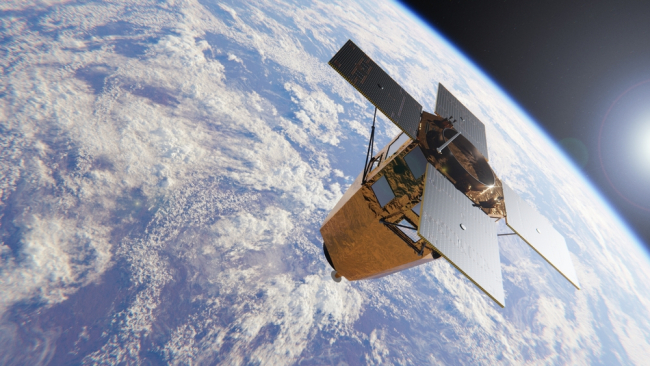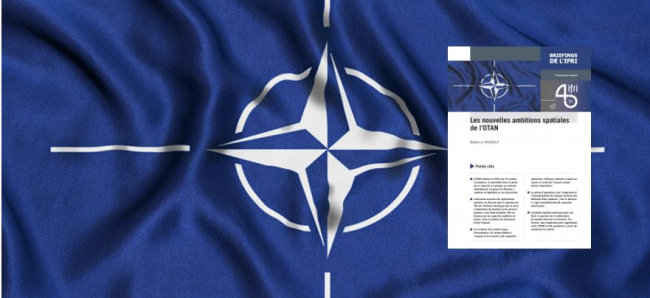The Evolving Architecture of Space and Security
Today, Europe is taking initiatives both to prevent space weaponization and to develop space militarization. While national States remain the central players in this regard, the intergovernmental European Space Agency is increasingly involved in security-related activities and the European Union is showing growing political ambitions in this area.
While a small group of European countries led by France launched an observation system for intelligence purposes in the 1980s, Europe only started to take an interest in military space after the end of the Cold War in the 1990s.
Military uses of space encompass two broad categories. On the one hand, space assets can be used to support military operations on the ground. This trend, called “space militarization”, started during the Cold War with the intensive use of Earth Observation (EO) and telecommunication satellites by the United States and the Soviet Union. The rise of satellite navigation applications in the early 1990s then allowed space to become a real “force multiplier” for military forces. On the other hand, space could become a war environment in itself, with space systems being targeted by so called anti-satellite weapons (asats). The deployment of such weapons by the U.S. and the Soviet Union never materialized during the Cold War, but the evolution towards “space weaponization” has figured at the top of the international agenda in recent years. It was fueled by the U.S. military space doctrine aiming at “space dominance” and the Chinese asat test of January 2007. While space militarization has been recognized by the UN ever since the 1960s and is today accepted by all countries, space weaponization now appears to most as a dangerous evolution and is the subject of several arms control and confidence-building efforts. Today, Europe is active in both these areas. A number of military applications are developed either by European countries, or under the leadership of the European Union – the future beneficiary within the EU being the Common Security and Defense Policy (CSDP); EU member states also drafted a Code of Conduct (CoC) for Outer Space Activities, an original and key initiative to ensure stability in the space environment.

Available in:
Regions and themes
ISBN / ISSN
Share
Download the full analysis
This page contains only a summary of our work. If you would like to have access to all the information from our research on the subject, you can download the full version in PDF format.
The Evolving Architecture of Space and Security
Related centers and programs
Discover our other research centers and programsFind out more
Discover all our analysesThe Sustainability of Space Operations: An Opportunity for European Leadership?
As space becomes a key arena for power projection strategies, while facing growth and diversification of orbital activities, the concept of “space sustainability” is emerging as a new framework of analysis for space governance.
The European Space Model: Renewing Ambition in a Changing Strategic Landscape
The European space model, based on science, cooperation and trade, is now being undermined by changes in international relations and the economic upheavals brought about by New Space. In light of the war in Ukraine and American disengagement, Europe needs to rethink its strategy by adding a fourth pillar dedicated to defense, in order to strengthen its sovereignty and deter possible aggression against the continent.
Sat-to-Cell: Towards Universal Connectivity?
Sat-to-Cell is a new type of service that connects smartphones directly to satellites. It has recently enabled innovative applications such as emergency text messaging via satellite. The technology is developing rapidly, and many questions are now being raised about its potential impact.
NATO's New Ambitions for Space
Ahead of Russia's invasion of Ukraine, a devastating cyber attack targets Ukrainian army communications, exposing Western dependence and vulnerability to space technologies, and calling NATO's defensive posture into question.













